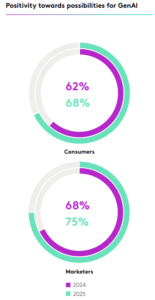The shift starts with how you think about middleware’s role. In the traditional model, it routes, transforms and delivers messages based on predefined rules. In the AI-driven model, it becomes an active decision-maker. Instead of just following static paths, it’s constantly evaluating the state of the system, predicting potential bottlenecks and adjusting flows in real time.
Here’s how I’ve seen AI fundamentally change the architecture
- From monitoring to foresight. Feeding real-time telemetry into trained ML models lets middleware forecast failures before they happen.
- From static routing to adaptive orchestration. Decision engines learn optimal paths based on historical performance and current load.
- From manual exception handling to automated self-healing. Middleware can retry, reroute or quarantine issues automatically.
One of the most eye-opening deployments I worked on was for retail inventory synchronization. Traditionally, inventory updates ran in fixed intervals and followed the same processing path every time. By adding a predictive model into the middleware layer, we could detect when certain product categories were at risk of overselling during flash sales and dynamically re-prioritize updates for those SKUs. That single change reduced oversell incidents by nearly a third during peak periods.
What makes this approach powerful is that it doesn’t replace your existing integration platforms, but it enhances them. Whether you’re running Kafka, MuleSoft, Talend or TIBCO, the AI layer sits alongside your existing infrastructure, learning from it and acting on its behalf. Over time, it stops being a “bolt-on” and becomes part of the middleware’s DNA.






